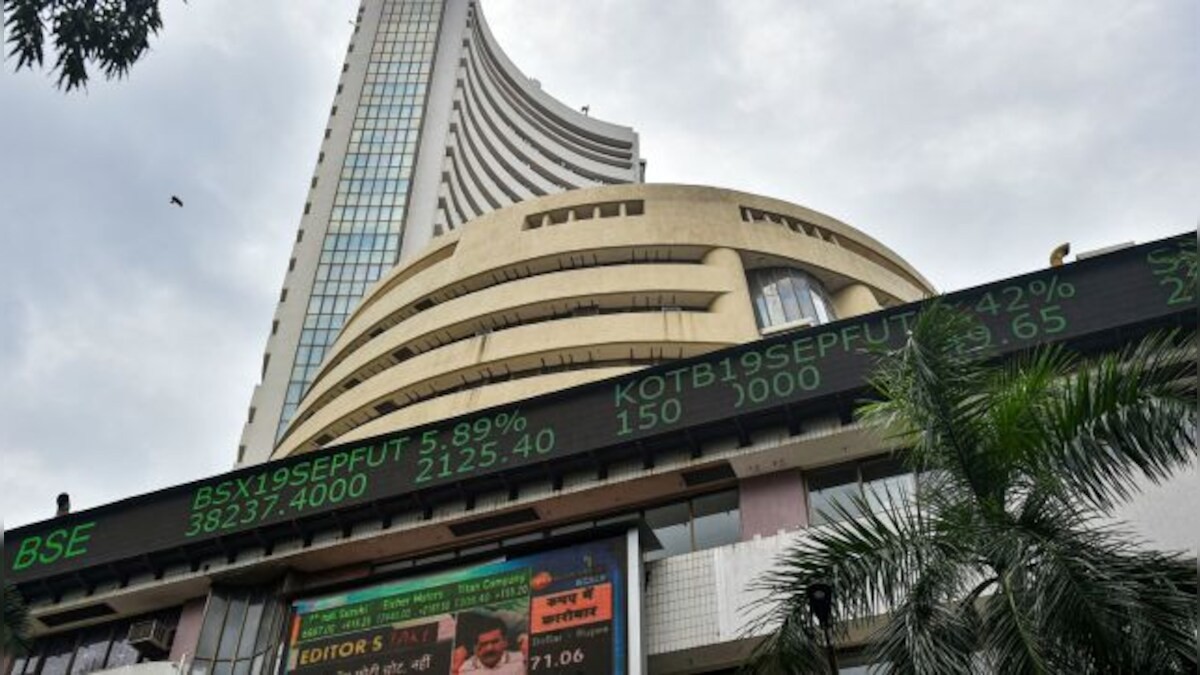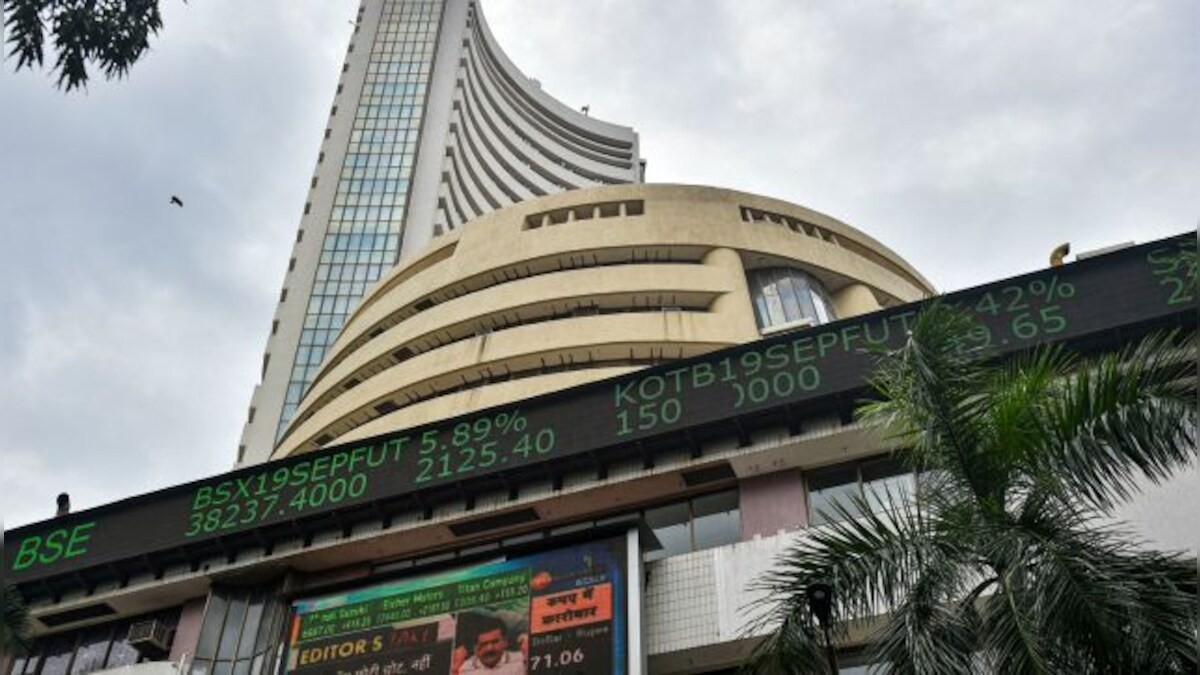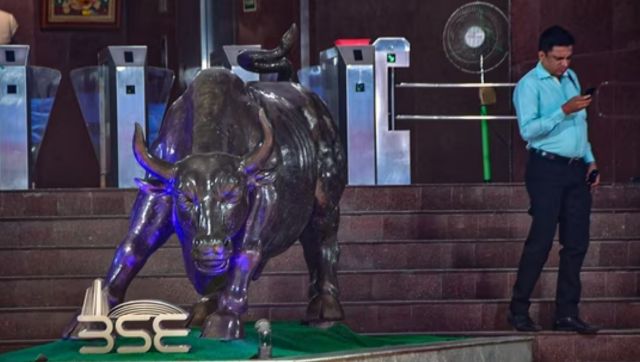The simultaneously plunge of the rupee and the stock markets calls for a serious reassessment of investor strategy in the near term.
This is the overall scenario as of today.
The global economy is heading for a tailspin in the wake of the eurozone crisis. Politicians are running for cover as the public mood in the west worsens. If the situation deteriorates, and the euro crisis singes not only the eurozone but also America, even President Obama could lose his November election.
In India, bad macro management is being compounded by miserable political management in the UPA. Unstable politics is delaying action on every possible front - whether it is the fiscal deficit, the current account deficit, or inflation, or reforms.
This is what is causing the markets and the rupee to tumble together.
This situation is not going to reverse itself anytime soon - both in India or globally. Investor strategy has to flow from this reality that the world does not have sensible political leadership, and the macro-economies are going to be mismanaged for a long time.
_So, the first rule t_o guide investors is this: Reassess your asset allocation.
Equity allocations must be brought down depending on your risk profile. If your normal asset allocation is 80 percent equity and 20 percent debt, you need to take a relook.
I am revising my own personal risk allocation from 50:50 to 70:30 in favour of fixed-income. But I am doing this without selling equity, and incrementally. It is the incremental investments that are going into debt and safe avenues.
The Sensex has already breached 16,000, and one should not rule out a plunge below 15,000 or even 12,000. As the indices fall, they begin to look tempting. But this is no reason to buy equity unless you are currently underinvested in it.
The second rule is to look at post-tax returns even on debt. Bank fixed deposits give you 8.5-9.5 percent, but would be far less post-tax. Tax-free bonds give you coupons of 8.2-8.3 percent, and current yields of around 7.8-7.9 percent if bought at market prices. But post-tax yields can be upwards of 10 percent even after paying market prices for tax-free bonds. These are good options for filling up a part of the debt portfolio. As interest rates fall with slowing growth, these bonds will rise in value. An 8.3 percent NHAI tax-free bond, for example, quotes at Rs 1,055 on a face value of Rs 1,000.
The third rule, especially in India, is to avoid investing in public sector companies. A politically weak government will use everything in its power to avoid making tough economic choices, and so it will squeeze public sector profits to make ends meet. So companies like ONGC, Coal India, and government-run banks are best avoided. This is not to say they won’t give you gains, but the risk is higher.
The fourth rule is: don’t presume real estate and gold are the answer. Indian real estate is grossly overpriced, and when all asset prices are ruling weak, real estate will rule weak, too. This is not the time to buy pricey real estate, unless you are a pro. But if you have the cash, you can look for bargains.
As for gold, it should now be part of your portfolio, but I would not recommend an allocation of more than 3-5 percent. Gold, ultimately, is just a storm refuge. One can’t keep betting on it just because it has had a good run in the last 2-3 years.
The right way to look at the market is from the long-term. From a five-year perspective, prices are cheap. But from a two- to three-year perspective, it is time to head for storm shelters.


)




)
)
)
)
)
)
)
)